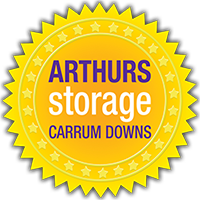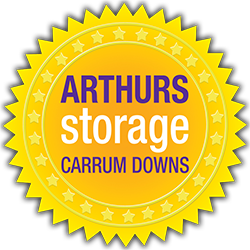Storage Tips

DISHES AND GLASSWARE
Place a layer of packing inside the bottom and at the top of boxes containing glassware. All glass items should be individually wrapped: nest cups arid bowls and stand plates, saucers, and platters on edge. Wrapped glasses should be placed near the top of cartons. Again, fill all pockets with packing. Label all boxes containing glassware, and do not place heavy items or boxes containing glassware.
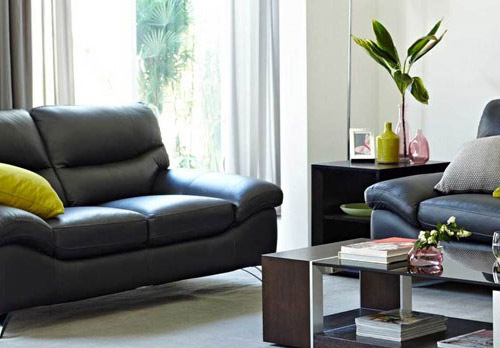
FURNITURE
Place a pallet, corrugated cardboard mat, or plastic sheet on the floor and stand sofas and mattresses on end. Disassemble beds and tables and wrap table legs in paper. If a table will not disassemble, place padding on the floor and place the table on its top with the legs pointing up. Use dresser tops for stacking cartons and dresser drawers for lines or small, delicate items. Keep upholstery off the floor. Most lightweight chairs can be stacked “seat to seat” or placed upside down on tables, which cannot be disassembled. Finally, place a light cotton (eg. a bedsheet) dust cover on your furniture. Some facilities sell covers for your convenience.

BOOKS AND DOCUMENTS
Pack books flat to protect their spines. Do not place boxes directly on concrete floors, but use pallets or skids to prevent moisture absorption. Use packing to fill out empty pockets in the boxes. Do not pack fragile items in the same box with books and do not overload.

BEDDING, CLOTHING, CURTAINS & DRAPES
Clothing, curtains, and drapes should be stored on hangers. If hanging cartons are not available, such items should be carefully folded and stored in dresser drawers or cedar chests along with bedding and linens. Some facilities sell wardrobe style, cardboard cartons, which help protect your clothes. Food crumbs or stains should be removed before storage and avoid storing anything that may attract pests.
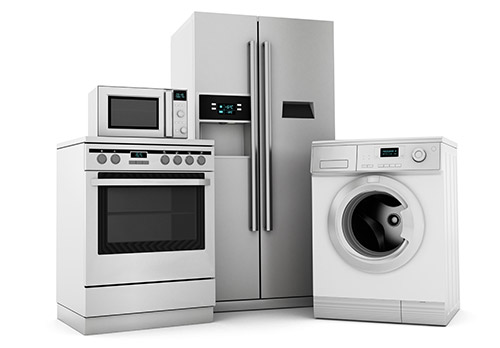
APPLIANCES
A refrigerator or freezer should Be thoroughly dry arid stored with its door slightly ajar. Some goods can be stored inside large appliances and boxes can be stacked on top of stoves, refrigerators, and freezers. Make sure that stoves and cooking equipment are cleaned before they are stored.
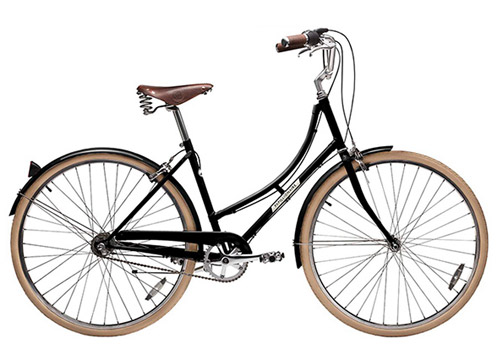
BICYCLES AND OTHER METAL ITEMS
To retard rust, wipe all metal surfaces with a rag containing a few drops of machine oil.

ELECTRICAL EQUIPMENT
All equipment should be thoroughly cleaned and dry before it is stored. Any equipment with sealing doors, such as a refrigerator, should be stored with its door slightly ajar.
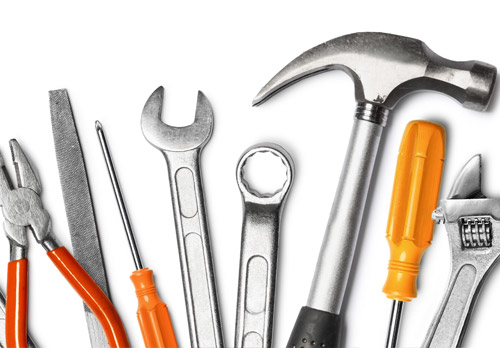
METAL EQUIPMENT, TOOLS AND OTHER METAL ITEMS
All equipment needs to be clean. To retard rust, wipe all metal surfaces with a rag containing a few drops of machine oil.
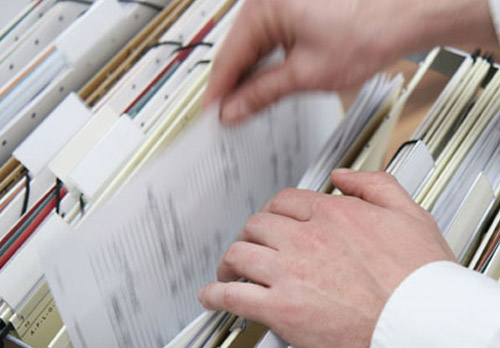
FILES, RECORDS AND OTHER DOCUMENTS
Pack books flat to protect their spines. Do not place boxes directly on concrete floors, but use pal lets or skids to prevent moisture absorption. Use packing to fill out empty pockets in the boxes. Do not pack fragile items in the same box with books and do not overload.

FABRIC ITEMS
All items need to be clean and free from anything that may attract pests. Some facilities sell boxes which will help protect your items.

FRAGILE ITEMS
Place a layer of packing inside the bottom and at the top of boxes containing fragile items. All items should be individually wrapped placing the most fragile near the top of the cartons. Again, fill all pockets with packing. When stacking boxes that contain fragile items, place these on top of those containing heavy items. Label all boxes containing delicate items “FRAGILE”.
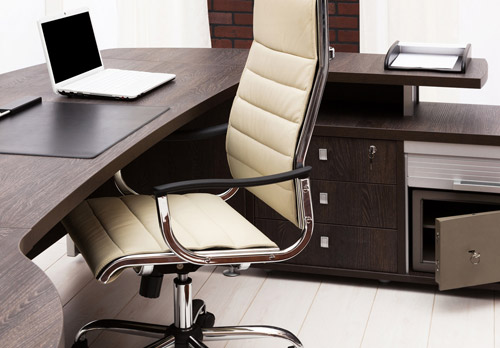
OFFICE FURNITURE
Place a pallet, corrugated cardboard mat, or plastic sheet on the floor and stand sofas on end. Disassemble furniture and wrap table legs in paper. If furniture, such as a table, will not disassemble, place padding on the floor and place the table on its top with legs pointing up. Most lightweight chairs can be stacked “seat to seat” or placed upside down on other furniture. Keep upholstery off the floor. Finally, place a light dust cover over your furniture. Some facilities may sell covers for your convenience.
